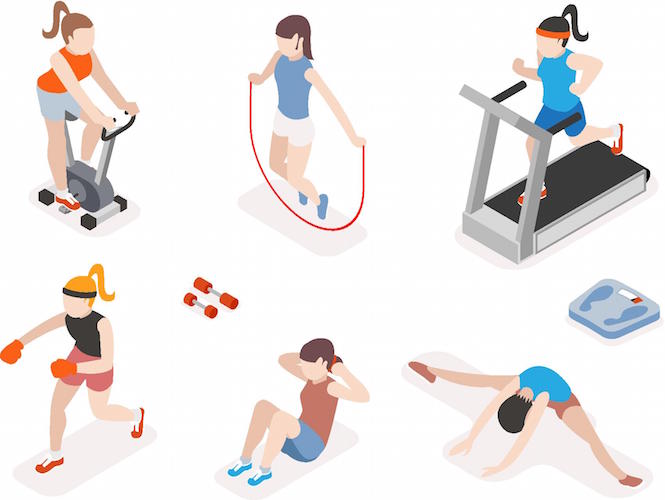Photo Credit: Richard Chung
Today we are interviewing Alia Gray, a qualified 2016 Olympic Marathon trial professional runner. into running late in high school and continued on to compete in college at California State University, Chico where I went on to be a 4X DII All-American. She has been competing on the professional circuit for about three years now and have finished 9th at the 2014 US Half Marathon Championships, 8th at the 2014 US Cross Country Championships, 16th overall / 6th American at the 2014 NYC Marathon, 10th in the US Outdoor Track Championships 10k and 12th in the US Outdoor Track Championships 5k.
She trains out in Boulder, Colorado with her training group, Roots Running Project.
We met Alia the first time when she came to compete at the 2014 NYC Marathon last year. We thought for 2015, we could ask this pro some intimate questions about her experience and tips she has come to utilize over the course of her training.
What shoes do you wear?
For the marathon, I go with a road racing flat. Regular training shoes that can be used for lots of aerobic miles are great for the bulk of training, but will be a little too heavy for the day of the race. A good distance road racing flat does the trick; it gives me a little more flexibility throughout the shoe to let me move more efficiently, but still provides some very necessary support over the course of 26.2 miles. I will usually use this training flat for some of my tempo workouts and maybe even a long run occasionally to test out the footwear before race day and to make sure that I’m comfortable in the shoe that I’ve chosen.
What running item can you not live without and why?
I love my Garmin GPS watch. Running shoes and a watch are a runner’s best friends and the GPS capability allows me to keep tabs on how my pace is fluxuating according to effort. I use my GPS with all of my tempo workouts and long runs. I’ve found that I even use it on my easy days as a means to remind myself to keep the pace slow enough to recover! It is so helpful to have a gauge like this throughout the training process. It also saves workout splits, so I can go back and recount my workout progress over time.
Do you have any pre-marathon rituals?
Oh man, this is kind of a hard one! The morning of a marathon I try to keep things pretty simple. It’s definitely not the time to try anything fancy or new, as tempting as it can be. I stick with what I’ve been using throughout the bulk of my training, which is usually a bowl of oatmeal with brown sugar and a splash of milk and a good sized cup of coffee. I also try to sip on an electrolyte drink to make sure that I’m hydrated going into the race. My warm-up is pretty limited, as the starting pace of a marathon is fairly manageable. Honestly, by the time race week rolls around, I feel like my biggest job is to try to limit stress and anxiety as much as possible. This means doing a lot of the boring things: getting good sleep, taking naps when I can, eating balanced meals, etc.
This doesn’t have anything to do with running fast, but I actually have gone to get a hair-cut before many races! It may sound a little trivial, but little acts of “self-care” help me feel relaxed.
What was different about running the marathon in NYC compared with other cities?
The New York Marathon in 2014 was actually only my second marathon, but I’ve raced on the road quite a bit and that was my first time in New York for a road race. Amongst runners, New York has quite a bit of buzz around it as an “exciting” race or simply just an “experience.” I found this to be completely true; I feel in love with the race and the city while running through it. The city of New York in general has so much energy already and to see a city come out and support a marathon is a really special event. You end up feeling like a part of a huge community. I felt honored to have gotten the opportunity to race through the streets of the five boroughs and can’t wait until I make an eventual return.
What advice would you give to first timers running the marathon?
Remember that the pace you start at should feel like a breeze for awhile – this doesn’t mean that you should pick it up necessarily. It’s really easy to get a little overexcited early on in a marathon by how easy the pace feels and start pushing a little too early; a lot of people talk about hitting a “wall” at around the 20 mile mark. This “wall” is usually the result of running a bit too quick early on. My best advice for avoiding this: enjoy the pace while it feels easy!
Also, if you can find a group of people that are running a similar pace, lock in and make friends with them. If you have the opportunity to run alongside people for a majority of the run, it takes some of the thinking out of the event which can be good for the length of time that you’re out there.
How does nutrition factor into your training? Are you strict, or pretty flexible?
Well, I eat a lot – my local grocery store sees me quite often. My mileage on average is around 90-100 miles per week, so I burn through a lot of fuel. I think about food quite a bit, but it’s usually to make sure that I’m getting enough. Nutrition definitely factors into my training, but not in the way that many people envision a traditional “diet.”
I think we all learn by trial and error how certain foods make us all feel when we eat them. So, as much as I love spicy and rich food, I know that I don’t feel great the morning after eating a heavy dinner with these involved. I still eat spicy and rich food, just not the night before a hard morning session – I save those for my recovery days! Overall, I try to make sure that I’m getting a good blend of protein, fat, and carbohydrate. I try to make a lot of my food (including my own bread) and avoid processed products, but I wouldn’t say that I’m overly strict. When I’m hungry, I eat.
Nutrition during the course of a marathon is different though – this I am very strict with. You need to make sure that you start drinking fluid and fueling before your body is actually craving it, so I drink an electrolyte drink every 5k and an electrolyte drink with a sports gel every 10k throughout the entire race.
*For those of you located in NYC, that are interested in nutrition during the race… we have just the thing for you…here
Do you cross train? If so, what activities do you like to incorporate into training?
I don’t cross train too often, but occasionally I will do some aqua jogging in a pool to help flush some junk out of my legs if I’m feeling particularly beaten up. The pool is my favorite recovery tool out there, hands down. Even if I’m not aqua jogging, I’ll often jump in the water and walk around after a hard workout or session to help my legs recover a bit.
What are some things you do to help yourself from preventing from injury?
Preventing injury is an evolving process. One of the more important things that I’ve been doing recently is incorporating a strength routine written specifically for distance running to help address problem areas that may have led to past injuries or setbacks. Also, like I mentioned above, I also get in the pool after hard workouts to help my legs recover quite a bit.
I also heavily use the services of a sports chiropractor to help with recovery. I get a tune-up at least once every week, usually after my long run on Sunday, which completes the seven-day weekly cycle for me. With all the training and races I compete in, my muscles are overworked. The soft tissue work in particular has really helped me maintain the quality of my muscles so that I am able to maximize on training.
When asked about her practitioner, Alia gave us the green light to place their information:
High Altitude Spine & Sport
http://highaltitudesportsrehab.com/
2995 Baseline Rd., Suite 100, Boulder, CO 80303
Also, one of the biggest things that I feel I can do to prevent injury is rest. This is oftentimes the most challenging part of training for me – getting in bed early and trying to take naps when the workload of the day is stringent. In the pursuit of fitness, many people forget that rest is also an important discipline to learn.
*For more information on recovery, join us in our event on 10/21/2015. Click here for details.





Leave A Comment